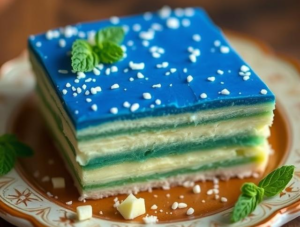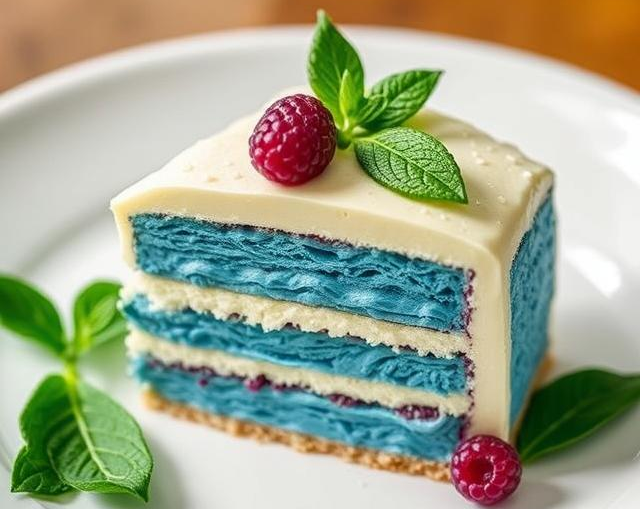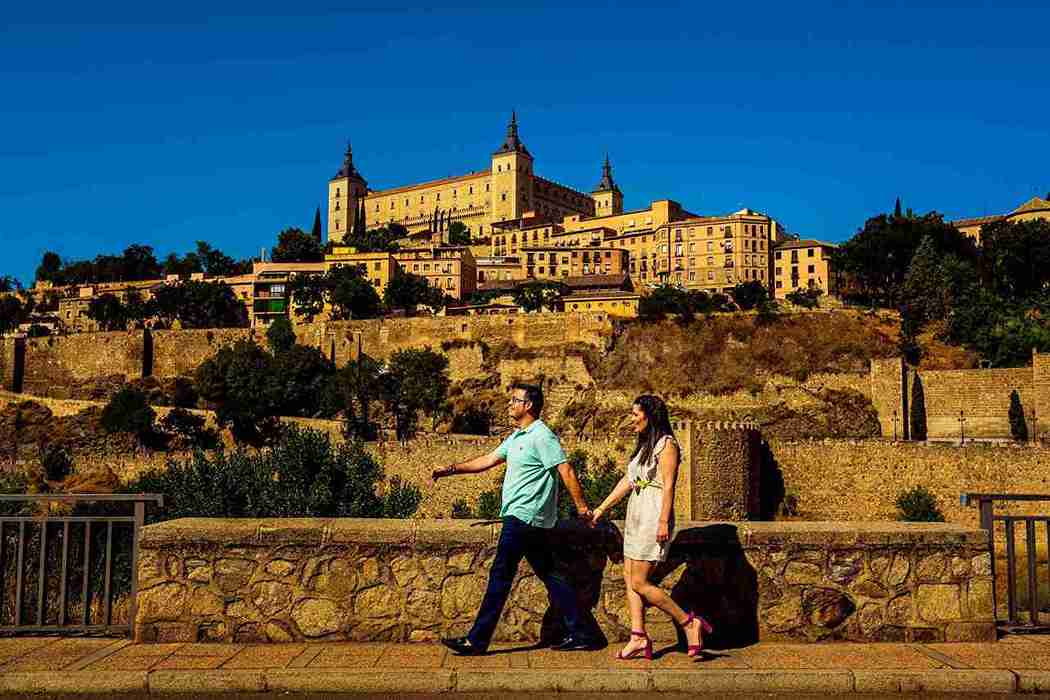Kek Lapis: A Stunning Traditional Cake That Defines Ramadan Celebrations
As the holy month of Ramadan approaches, kitchens across Malaysia are filled with the enticing aroma of traditional festive treats. Among these delicacies, Kek Lapis, or Malaysian layer cake, stands out as both a visual masterpiece and a culinary delight. With its intricate layers, vibrant colors, and rich flavors, Kek Lapis is more than just a cake; it is a symbol of celebration and craftsmanship, deeply rooted in Malaysian culture and history.
The History and Origins of Kek Lapis

Kek Lapis traces its origins to Indonesia, where the Dutch introduced a layered European spit cake in the 19th century. Over time, Indonesians infused the recipe with local flavors such as cinnamon, cloves, and nutmeg, transforming it into the famous Lapis Legit, also known as the Thousand Layer Cake. The cake later made its way to Malaysia, particularly Sarawak, where bakers elevated it into an art form, creating intricate geometric designs and multiple layers of flavored cake.
By the 1970s, Kek Lapis had become an essential part of festive celebrations in Malaysia, particularly during Hari Raya (Eid al-Fitr), the joyous occasion marking the end of Ramadan. Today, the cake remains a staple in Malaysian households, enjoyed during religious and cultural festivities, and even given as a special gift.
The Art of Baking Kek Lapis
Baking Kek Lapis is no ordinary task—it requires precision, patience, and skill. The cake consists of at least 12 layers, with some elaborate designs involving 20 or more layers. The baking process includes:
- Preparing the Batter: A mixture of butter, eggs, sugar, and flour is combined with various flavors such as pandan, chocolate, vanilla, or fruit essences.
- Layering the Cake: Each layer is poured into a baking pan, then carefully grilled until golden before the next layer is added.
- Creating Patterns: Some Kek Lapis designs require the cake to be cut into strips and reassembled using fruit jam or condensed milk as an adhesive.
- Final Assembly: The reassembled cake is wrapped with a plain or lightly patterned outer layer for a polished finish.
The entire process can take six to eight hours, with no room for error, as the final pattern is only revealed once the cake is sliced.
Why Kek Lapis is Special for Ramadan

During Ramadan, families prepare Kek Lapis in advance to serve guests after the Iftar (breaking of fast) and during Hari Raya celebrations. The cake’s rich taste and dense texture make it a perfect festive dessert, while its intricate designs symbolize the time, effort, and love put into Ramadan preparations.
Unlike regular cakes, Kek Lapis is not just about taste—it’s about tradition, creativity, and shared joy. The colorful layers reflect the diverse Malaysian culture, and every bite tells a story of heritage and festive spirit.
Popular Flavors and Modern Twists
While the classic Kek Lapis features spiced or vanilla layers, modern bakers have introduced exciting flavors, including:
- Chocolate & Coffee: A rich combination for coffee lovers.
- Pandan & Coconut: A tropical twist with aromatic pandan and creamy coconut.
- Strawberry & Matcha: A blend of fruity and earthy flavors.
- Milo & Horlicks: Inspired by Malaysia’s popular malted drinks.
Some bakers, like Seri and Karen Chai, are pushing the boundaries by experimenting with gluten-free versions, unique flavor pairings, and even batik-inspired chocolate designs on the cake’s surface.
The Growing Popularity of Kek Lapis Worldwide
With the rise of social media and online food trends, Kek Lapis has gained international recognition. Food enthusiasts and pastry lovers worldwide are mesmerized by its vibrant appearance and unique layering technique. The cake is now a popular choice for corporate gifts, weddings, and special occasions, with premium versions selling for up to RM300 ($65) per kilogram.
Malaysian and Indonesian bakeries are also expanding their reach, offering nationwide and international shipping to cater to the growing demand. Whether enjoyed traditionally at home or gifted to loved ones, Kek Lapis continues to be a symbol of festivity, artistry, and culinary excellence.
Final Thoughts: A Cake That Embodies Celebration
Kek Lapis is more than just a dessert—it is a testament to culture, patience, and passion. Whether you are celebrating Ramadan, Hari Raya, or simply indulging in a slice of history, this magnificent cake remains an unforgettable treat.
As Ramadan approaches, consider baking or buying a beautiful Kek Lapis to add a touch of tradition and artistry to your festive table.







Leave a Reply